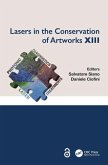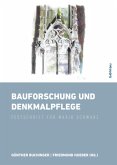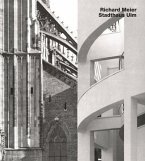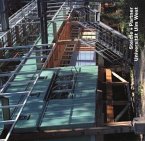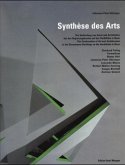The architecture of Japan, both historic and contemporary, has attracted architects from all over the world since the early 60s. In search of the Japaneseness of place (ma), space and architecture several dissertations have been written, especially about the Japanese house and rituals. Conservation, however, was largely neglected. Only recently, with the listing of Japanese sites as Unesco World Heritage in 1994 and the Nara conference on authenticity in 1995, has the Japanese approach to conservation emerged as an intriguing issue. The practice of dismantling and reconstructing complex timber structures represents an essentially Japanese approach. Moreover, the refined documentation and structural research prior to any intervention are much admired by the international conservation community.
The articles for this publication were prepared in the context of a Japanese-German co-operative programme in architectural and urban conservation in 1996-98.
For the first time ever a Western publication attempts to portray the Japanese practice of repair - hozon - of historic structures. Detailed photographic documentations demonstrate the beauty of timber structures that are otherwise concealed by roofs and walls. It also becomes evident that an architectural object is not an entity that is defined once and for all, but an object that allows for change. Documentations of on-going projects, with emphasis on the Fudo-do on the sacred mountain of Koyasan, explain and justify various kinds of interventions that are aimed at structural rein-forcement and disaster prevention. Siegfried RCT Enders and Niels Gutschow both studied architecture at the Technische Hochschule Darmstadt. Gutschow spent 1962/63 in Japan and returned in 1968 and 1971 to write a Ph.D. thesis about castle-towns. Enders followed in 1974 to study at Kyoto University and write a Ph.D. thesis about the development of Japanese residential buildings. From 1978 he has been a state conservation officer in Wiesbaden, Germany, while Gutschow works as a conservation architect and researcher in Nepal and India.
Hinweis: Dieser Artikel kann nur an eine deutsche Lieferadresse ausgeliefert werden.
The articles for this publication were prepared in the context of a Japanese-German co-operative programme in architectural and urban conservation in 1996-98.
For the first time ever a Western publication attempts to portray the Japanese practice of repair - hozon - of historic structures. Detailed photographic documentations demonstrate the beauty of timber structures that are otherwise concealed by roofs and walls. It also becomes evident that an architectural object is not an entity that is defined once and for all, but an object that allows for change. Documentations of on-going projects, with emphasis on the Fudo-do on the sacred mountain of Koyasan, explain and justify various kinds of interventions that are aimed at structural rein-forcement and disaster prevention. Siegfried RCT Enders and Niels Gutschow both studied architecture at the Technische Hochschule Darmstadt. Gutschow spent 1962/63 in Japan and returned in 1968 and 1971 to write a Ph.D. thesis about castle-towns. Enders followed in 1974 to study at Kyoto University and write a Ph.D. thesis about the development of Japanese residential buildings. From 1978 he has been a state conservation officer in Wiesbaden, Germany, while Gutschow works as a conservation architect and researcher in Nepal and India.
Hinweis: Dieser Artikel kann nur an eine deutsche Lieferadresse ausgeliefert werden.



